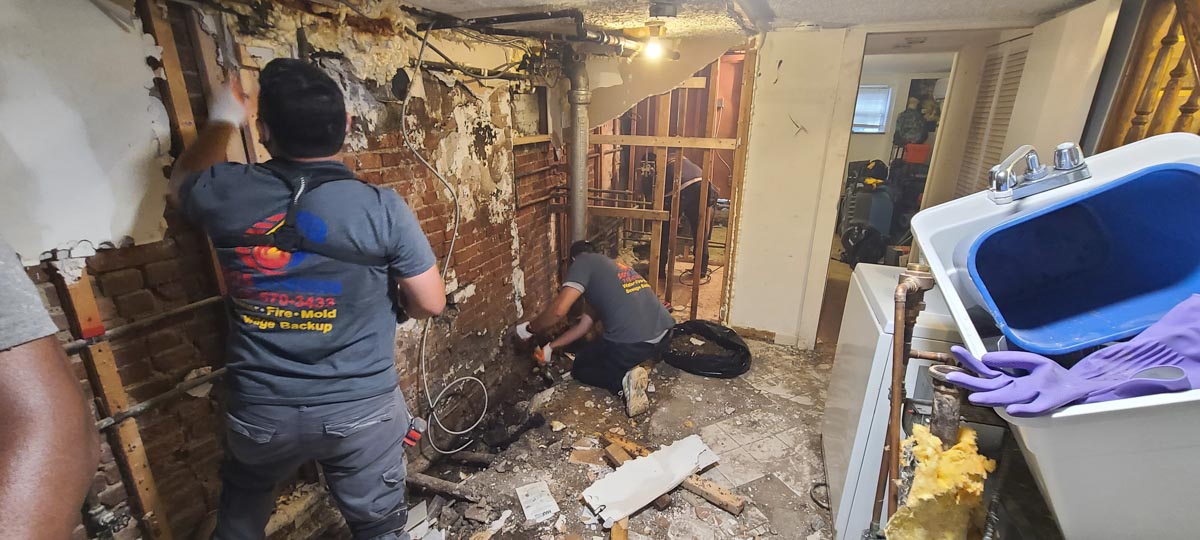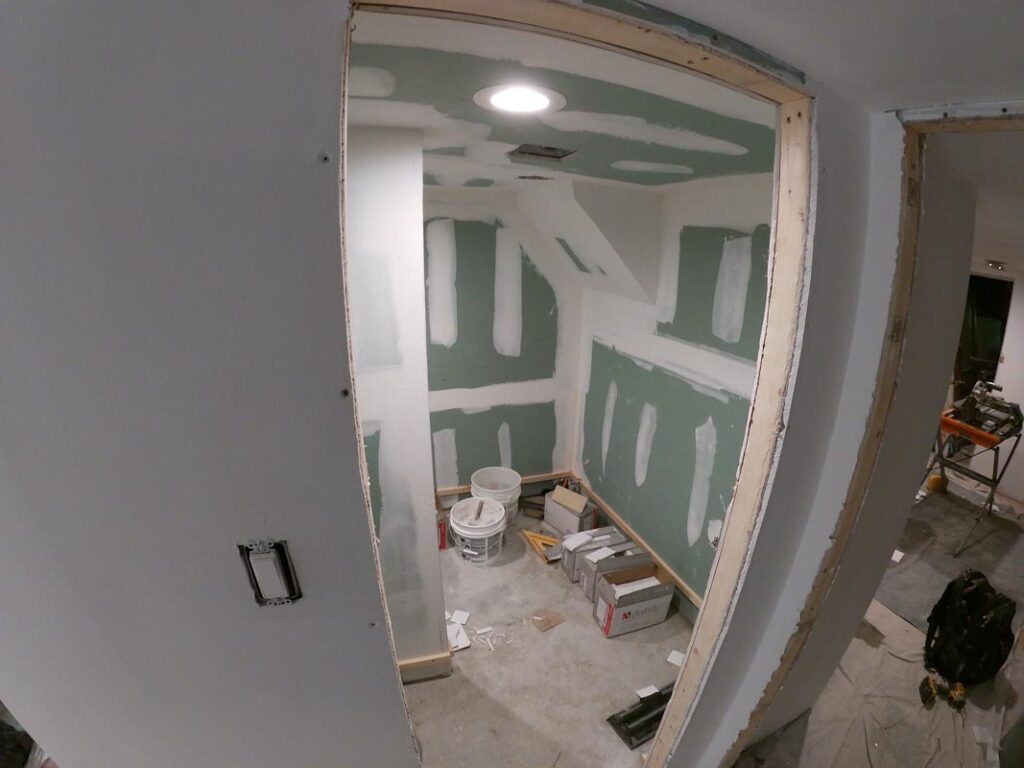Preventing Basement Water Damage in Long Island: Tips and Services
Cellar water damage is a climbing issue for a lot of homeowners, particularly in parts vulnerable to major rainfall and flooding like Extended Island. A damp, flooded, or broken cellar not just affects the architectural reliability of your property but can also result in extreme health problems due to form growth and bad interior air quality. Working rapidly and using targeted steps to address water damage is critical. Here is a step-by-step break down of the way to handle Water damage near five towns ny equally successfully and efficiently. Understanding the Scope of the Damage Long Island usually experiences heavy rainfall, with specific areas taking around 40 inches annually. These damp situations result in improved cellar flooding situations, especially in properties with bad drainage programs or ageing waterproofing. Pinpointing the foundation of the water is key. Popular culprits include bad sump sends, fractures in basement walls or foundations, or backed-up gutters and drainage systems. Start with assessing how extensive the water intrusion is. Can it be restricted to a damp area on the wall, or gets the water pooled across a floor? Documenting the damage through images or films could be useful for insurance statements if necessary.

Remove Excess Water Quickly When you have assessed the specific situation, eliminating position water should be your immediate priority. The longer water sits in your attic, the bigger the risk of shape growth and further structural damage. If there is significant flooding, professional-grade pumps can remove the water more effectively. For smaller puddles, mops, towels, or store vacuums may help with fast water removal. According to new studies, form can begin developing within 24-48 hours of water exposure in moist environments. This makes quick activity important to mitigate potential health hazards. Drying and Dehumidifying the Basement After removing ranking water, the following important stage is blow drying the cellar completely. Rotate ventilation applying fans and make sure that windows are remaining start when possible to market ventilation. Adding a dehumidifier can speed up the drying method by eliminating excess moisture in the air. Long Island's high humidity levels, specially during the summertime, may worsen moisture maintenance in basements. Ensuring the area is thoroughly dried will help reduce long-lasting damage over time. Repair the Damage and Address Future Risks Inspect affected parts for injury when the basement is dry. Surfaces, flooring, and padding may need replacing, with regards to the severity of the water infiltration. Closing basis fractures and replacing to water-resistant products might help drive back potential flooding.

Additionally, contemplate normal maintenance of one's home's outside drainage system. Keeping gutters obvious, reinforcing the slope of your yard, and installing appropriate waterproofing actions can drastically reduce steadily the likelihood of potential situations of cellar water damage. Taking Timely Action is Key With its large rains and potential for flooding, Long Area homeowners should remain aware as it pertains to basement water damage. Quick action to determine, remove, and restoration injury can save yourself homeowners from costly repairs and health problems down the line. Remain aggressive, and assure routine inspections and waterproofing practices to protect one of your home's most useful spaces.